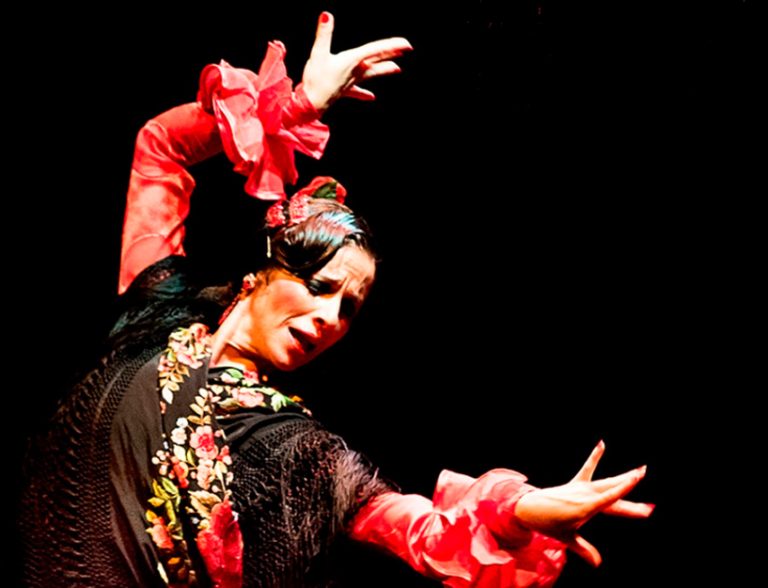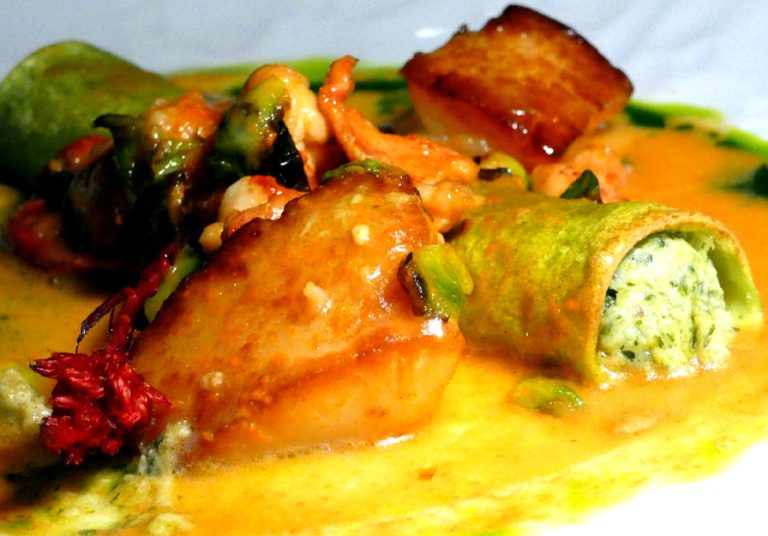Flamenco, the soulful art form of Southern Spain, resonates deeply with its rich musical heritage. Spain, a country renowned for its influential composers and performers, has imparted its passionate melodies globally. The essence of Spanish music traces back to the diverse ethnic groups in Andalusia, especially around Granada, Sevilla, Córdoba, Cádíz, and Málaga. This region, a melting pot of Moors, Romas (Gitanos), Jews, and Spanish Christians, has shaped the unique sound of Spanish music.
Post-reconquista, the non-Christian communities faced vilification and persecution. Their music, a blend of exuberance and lament, reflects their challenging lives and lost loves. Today, Flamenco is primarily linked with the Romas of Southern Spain, whose origins lie in India’s Rajasthan. The hypothesis suggests that Flamenco’s dance elements were influenced by dances from the Indian subcontinent, the Roma’s ancestral home.
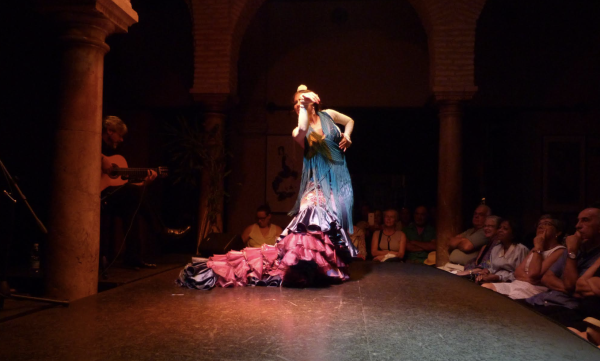
The Roma brought their songs, dances, tambourines, bells, and the tradition of storytelling around campfires, which evolved into musical storytelling with rhythm maintained through clapping and drumming on surfaces. In 15th century Andalusia, the Romas encountered the rich Moorish musical culture, a blend of Arabian, North African, and Sephardic Jewish influences.
What is Flamenco?
Flamenco is a composite art form, combining singing (Cante), guitar playing (Toque), and dancing (Baile). It is further accented by clapping (Tapoteo), foot tapping (Zapoteo), vocalizations (Jaleo), and finger snapping (Pitos). Ziryab, a famed Moorish singer, introduced the guitar and other string instruments to Iberia around 822 A.D., further enriching this art form.
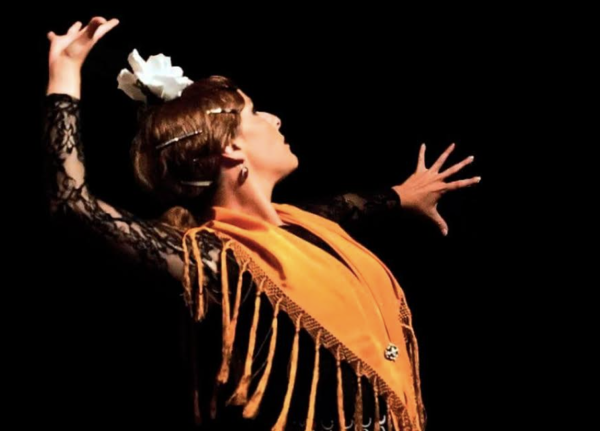
Historically, Flamenco was a private affair, performed in Andalusian homes. It wasn’t until the 18th century that Flamenco entered public spaces like cafés and tablaos. However, its growing popularity clashed with the conservative views of Catholic Spain, where it was once deemed vulgar.
Success
You are now signed up for our newsletter
Success
Check your email to complete sign up
In Madrid, Cardamomo Flamenco offers exceptional performances, rivaling those in Sevilla and Lebrija. For an authentic experience, Andalucia is the destination. Lebrija, near Seville, is the Flamenco cradle, characterized by its Moorish-inspired architecture and central courtyards, where Flamenco originated. Here, families like Peńa and Malena have cultivated unique Flamenco styles.
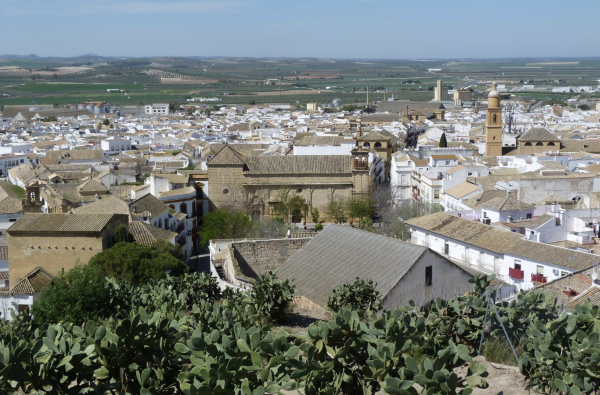
Arahal, another town near Seville, is steeped in Flamenco tradition. The “Museum of Women in Flamenco” offers insights into Flamenco legends. Local bars, like “Bodega Mazaroca,” often feature impromptu performances by up-and-coming artists like the talented young guitarist David Rodriquez.
Flamenco songs are categorized into cante jondo (profound song), cante intermedio, and cante chico (light song). The cante jondo, with its complex 12-beat rhythm, is the oldest and most revered form.
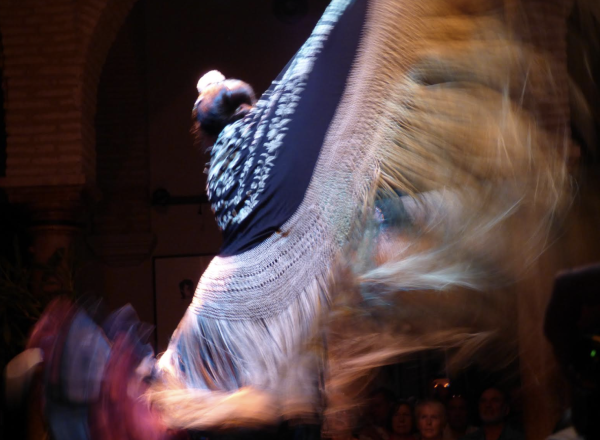
For enthusiasts, Seville is the Flamenco heart. The Museum of Flamenco provides an immersive experience into its seven principal styles, from Alegria (happiness) to Buleria (seduction). The museum showcases famous dancers, original costumes, and concludes with a live, intimate performance.
Flamenco — embodying life, love, exuberance, despair, and passion — continues to captivate audiences worldwide with its profound emotional depth and vibrant energy.



